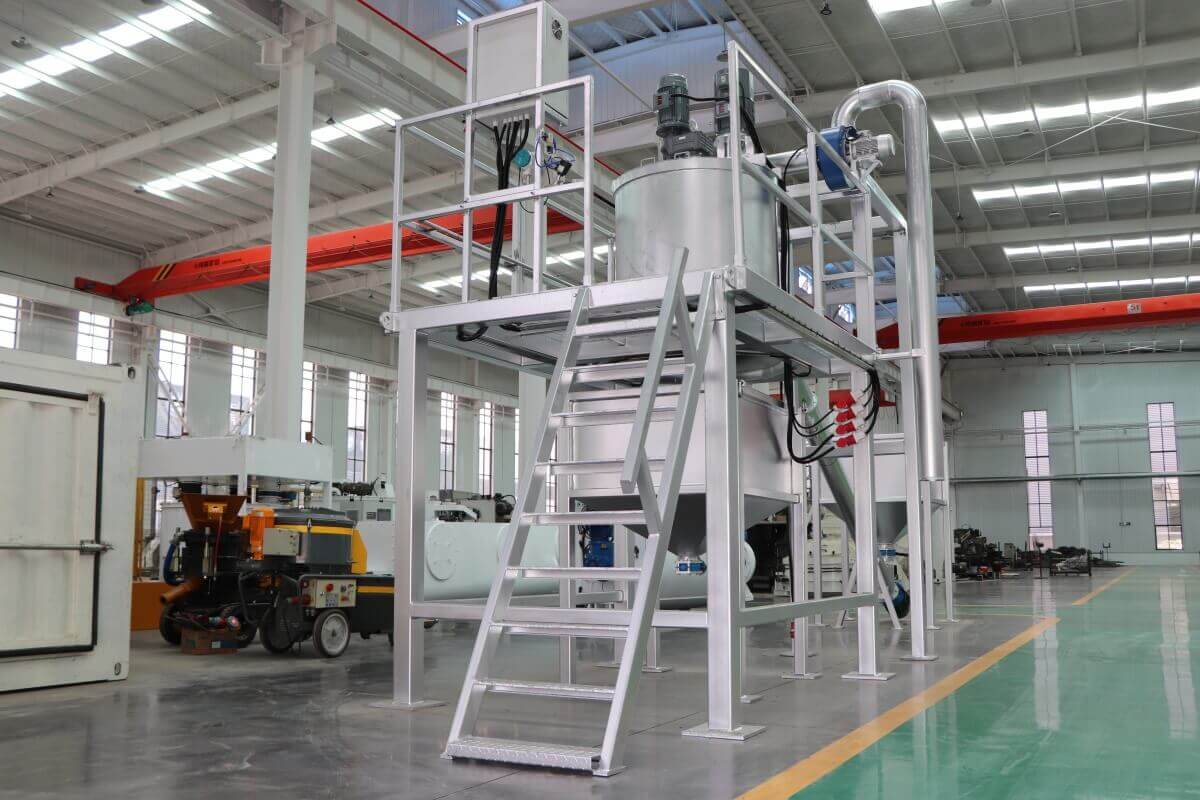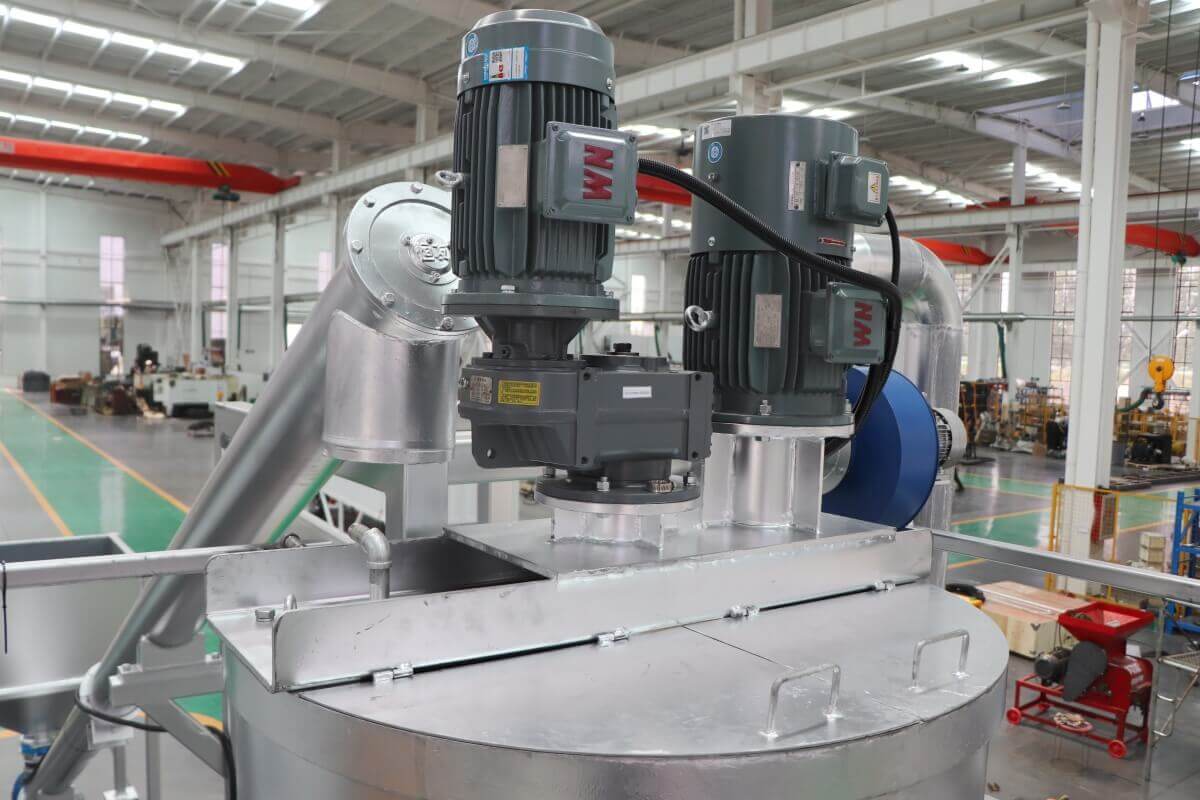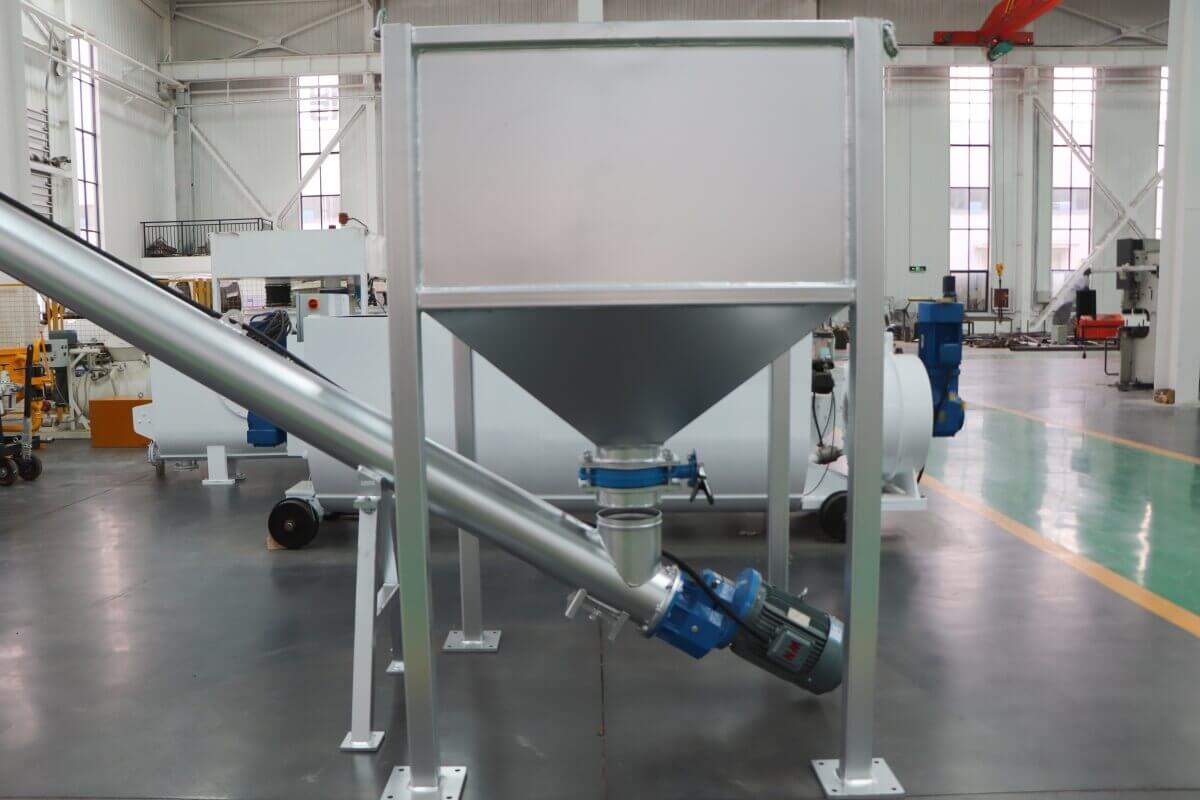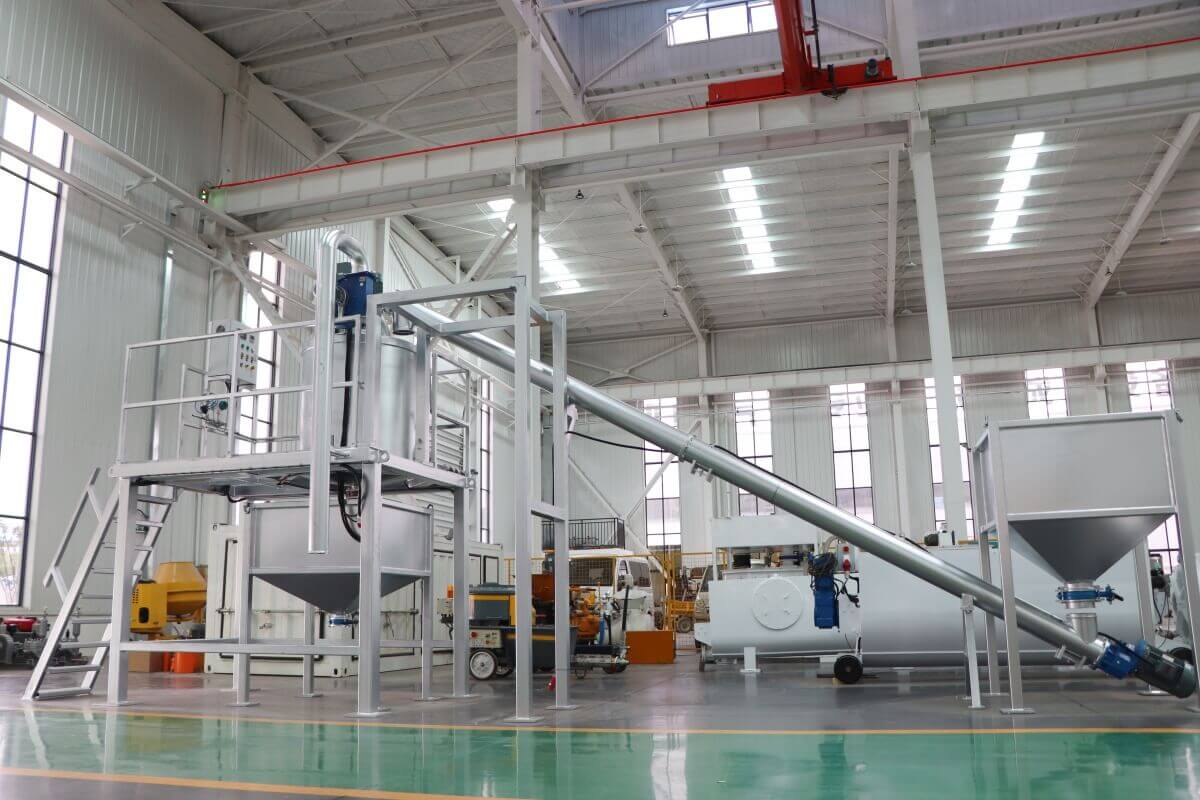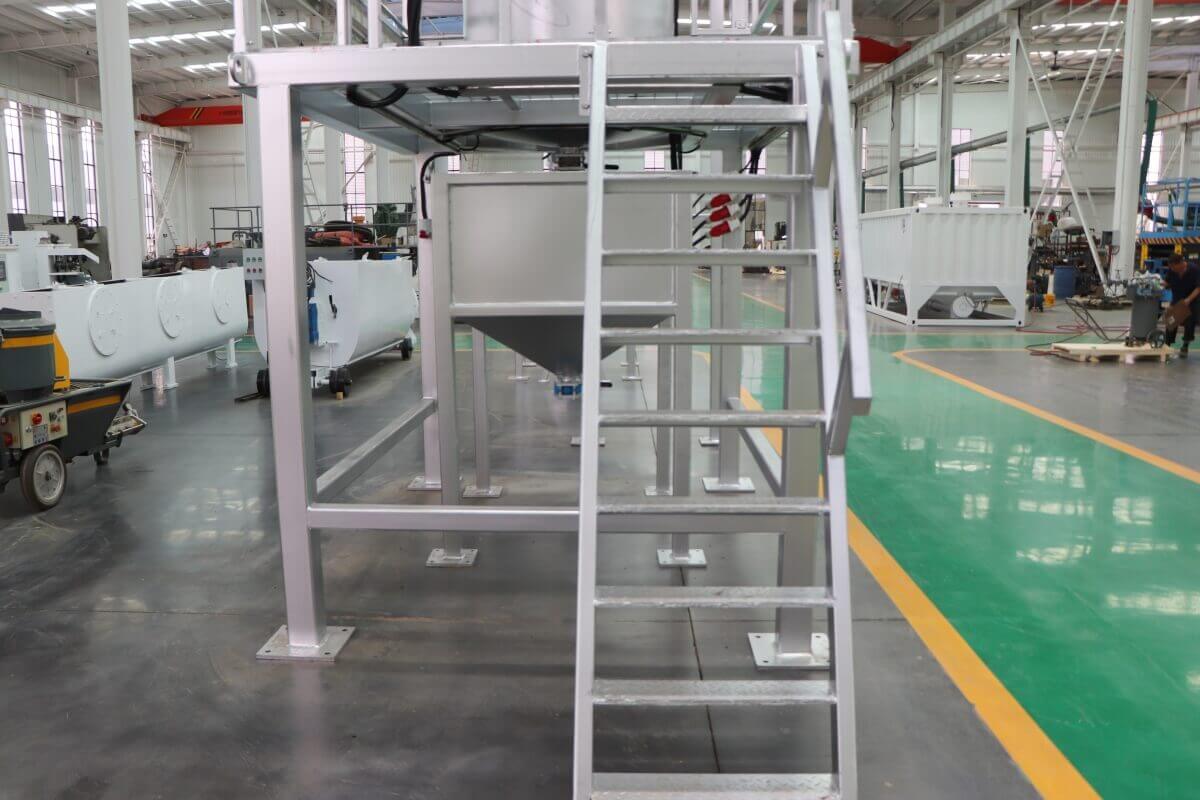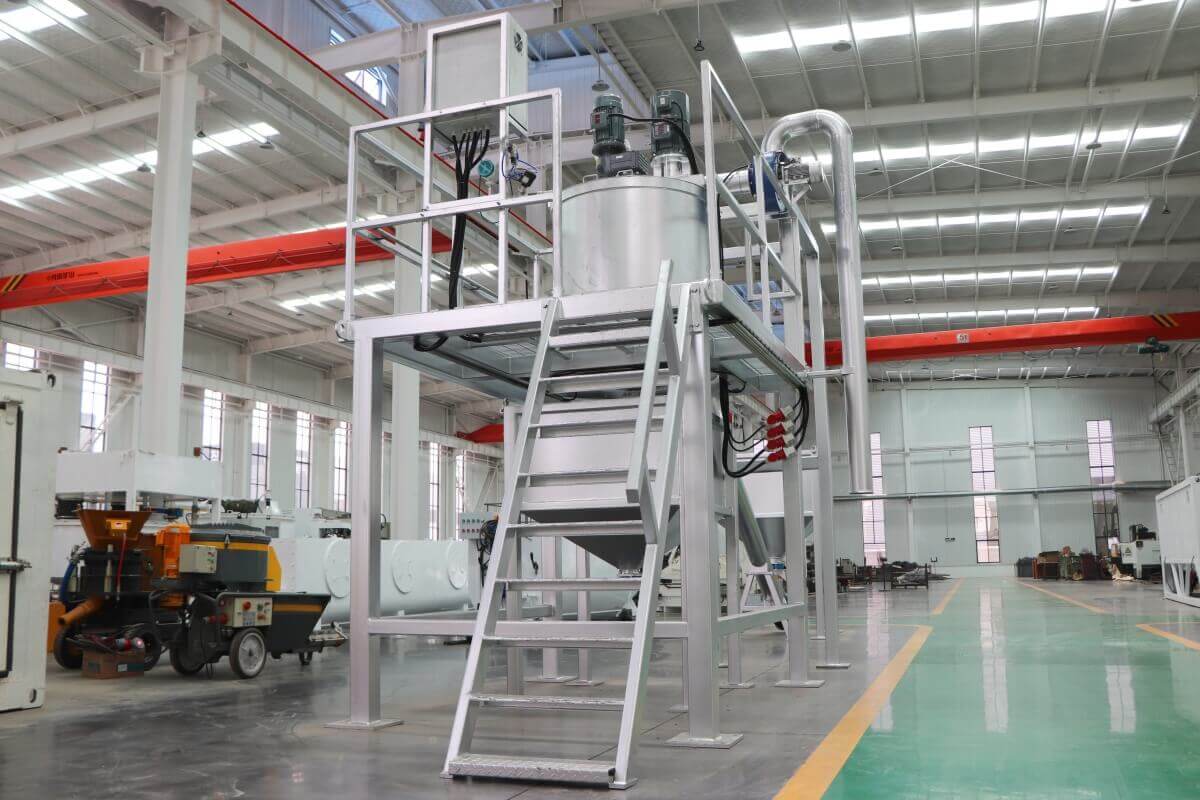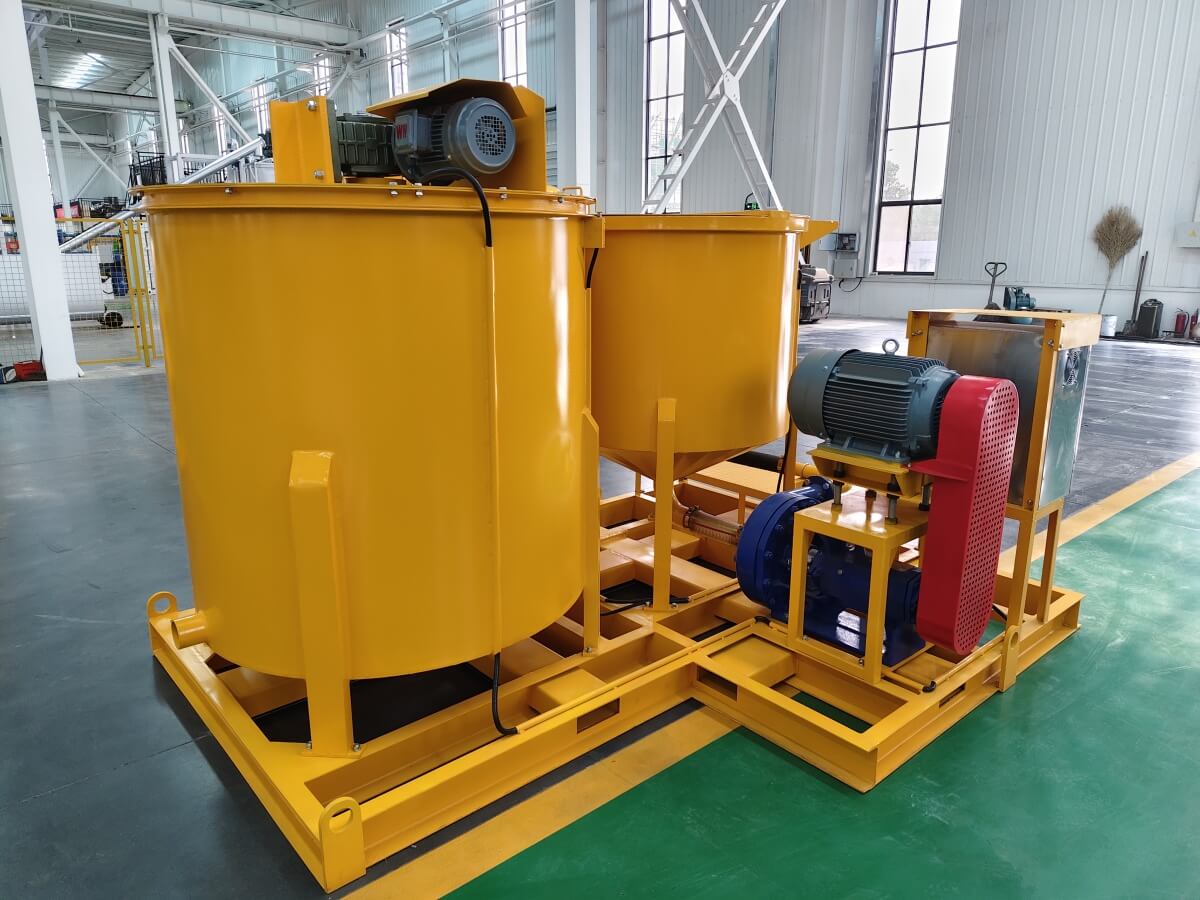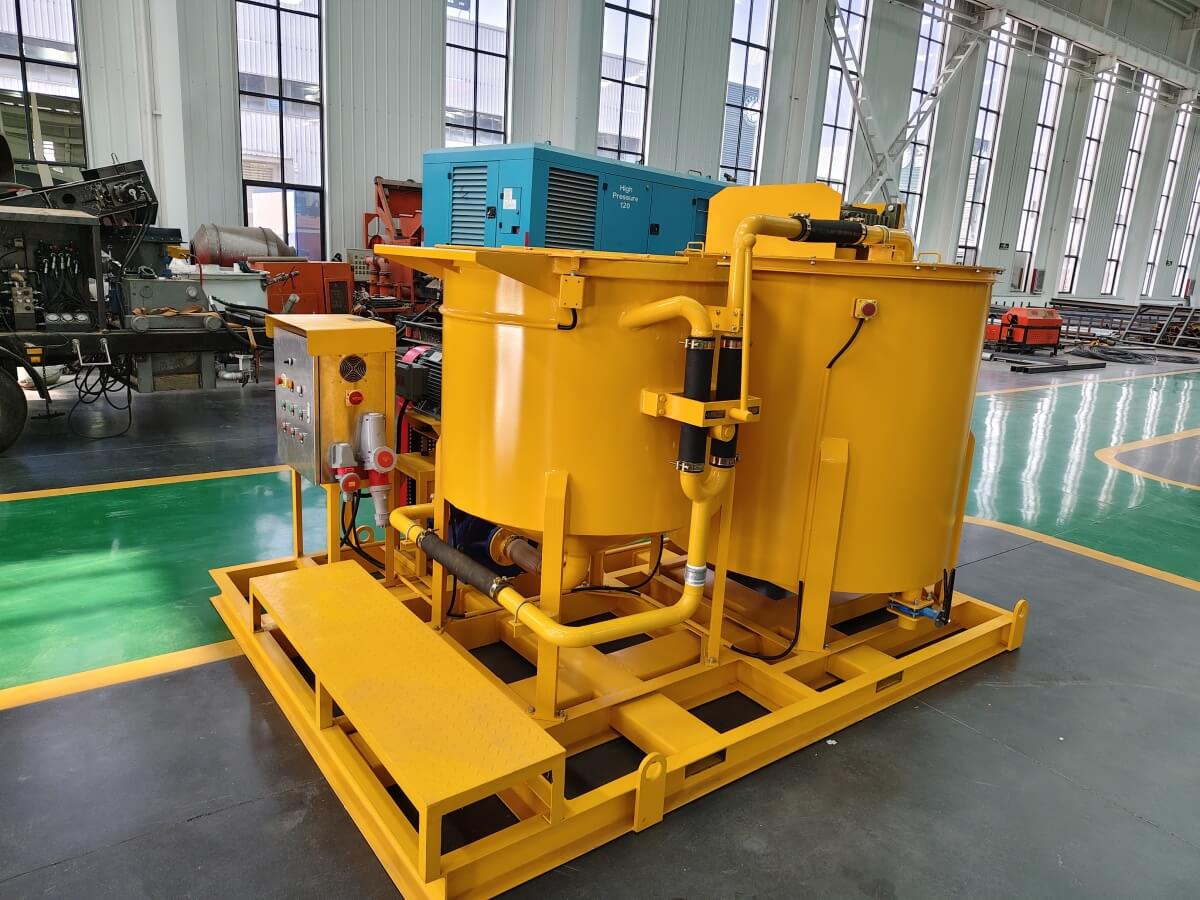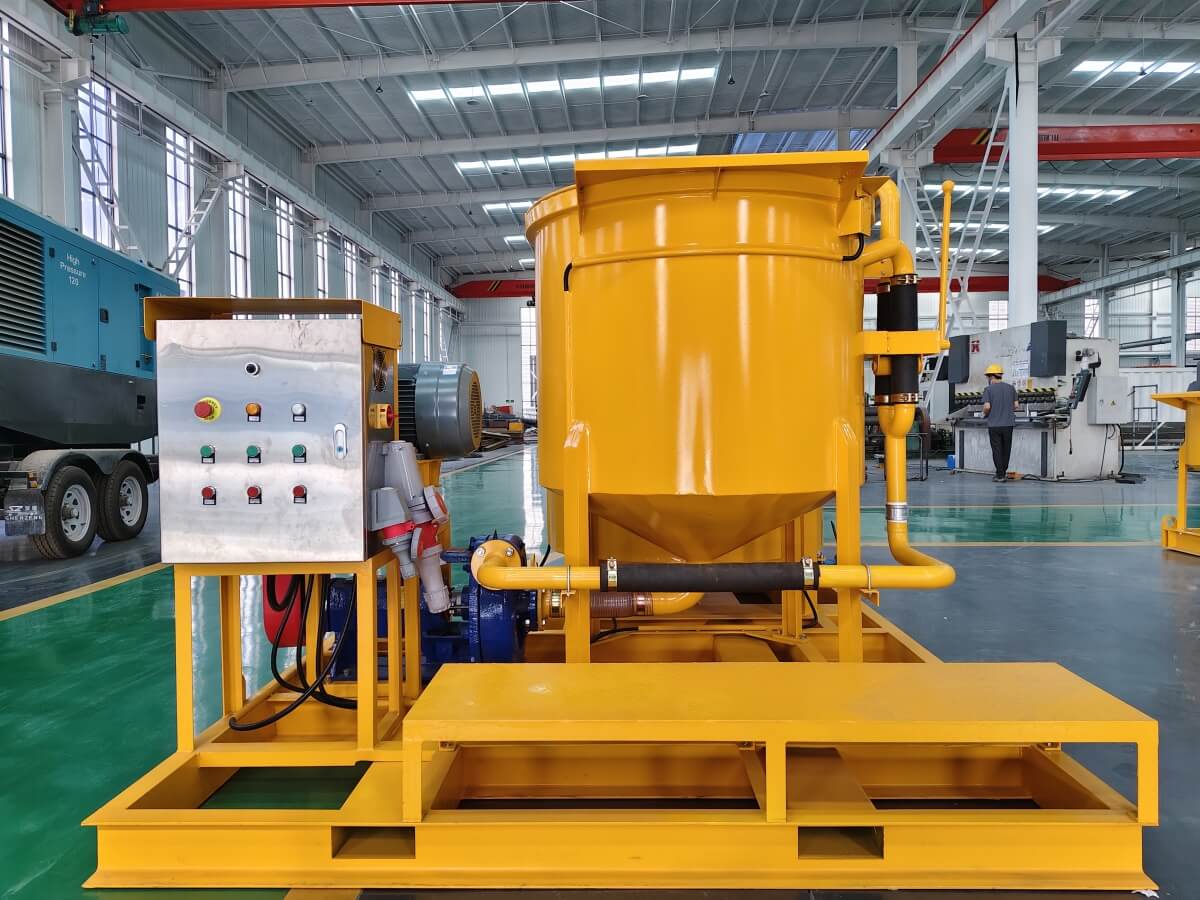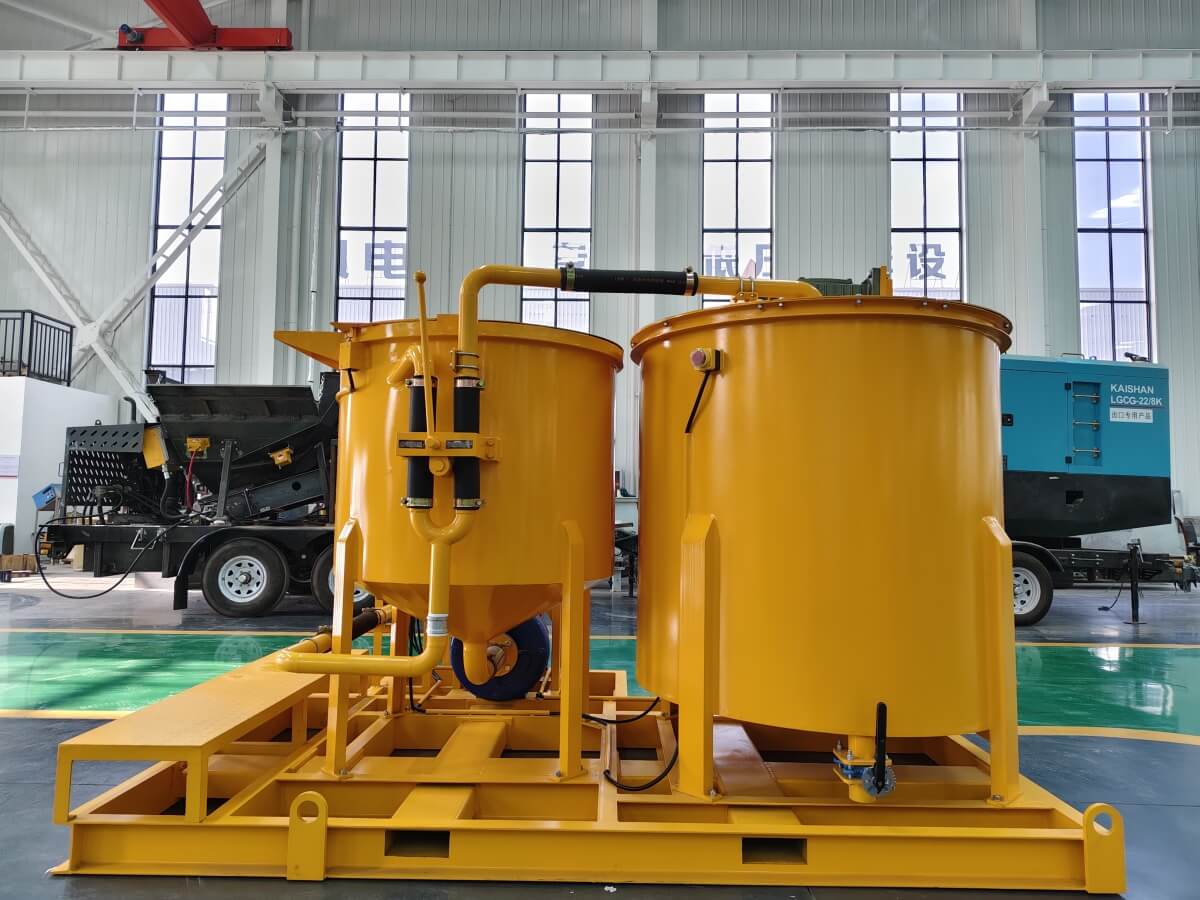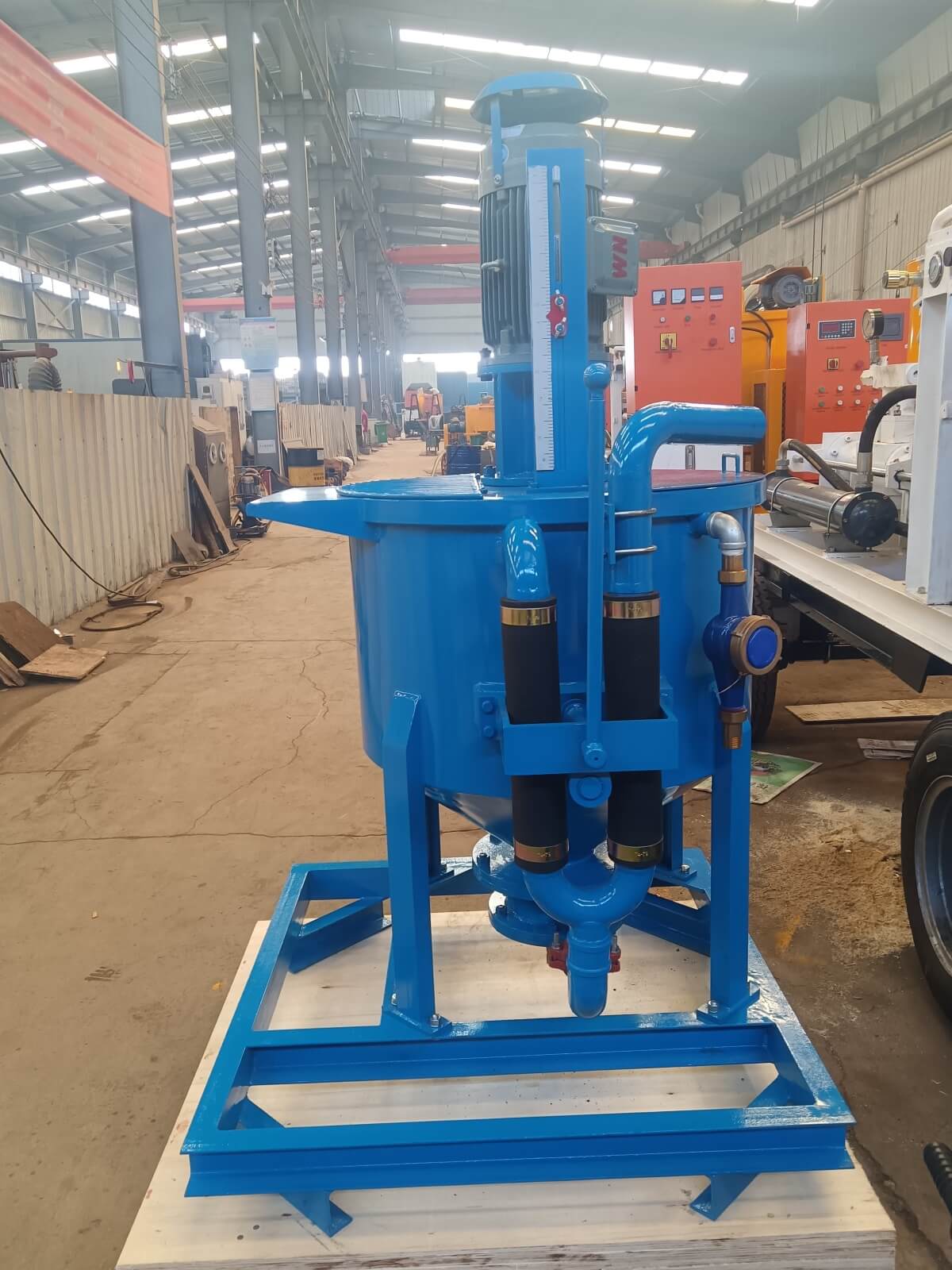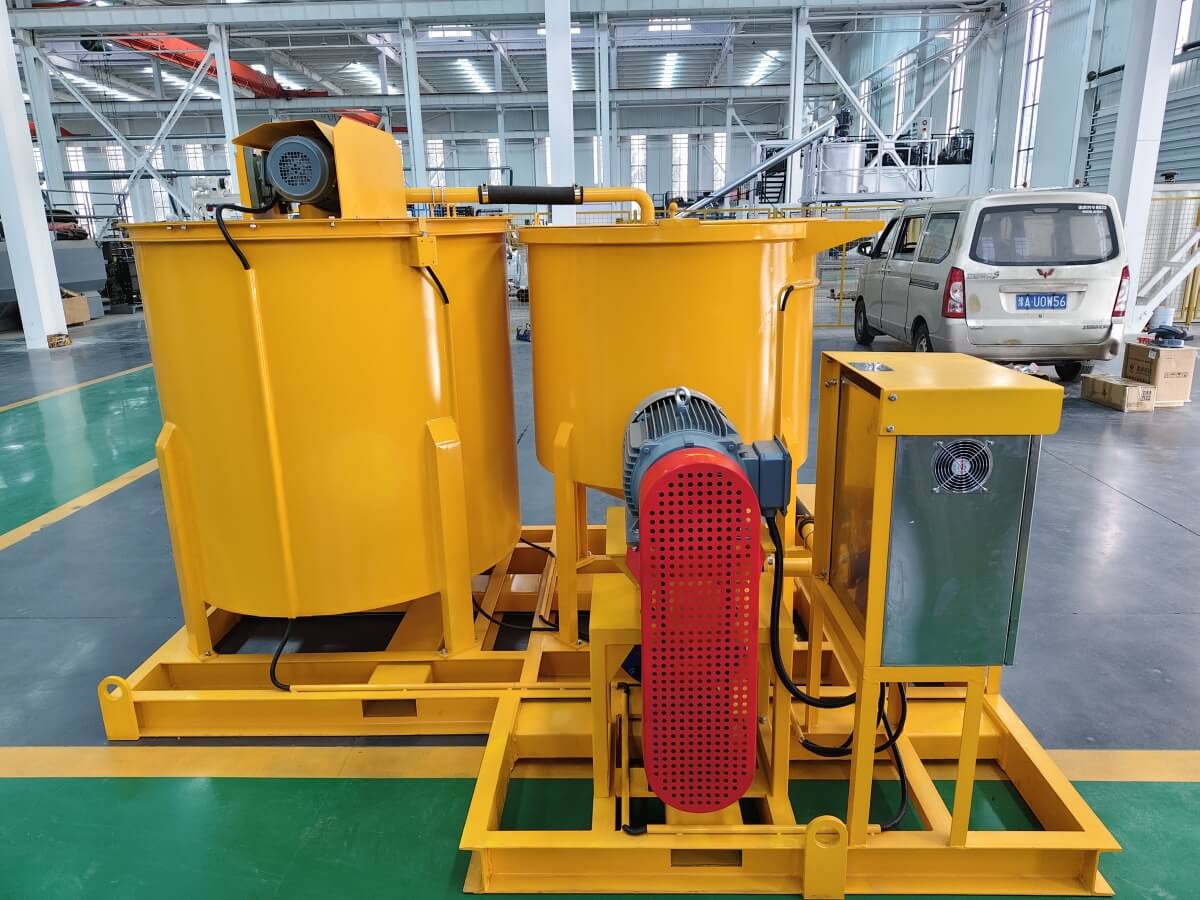Grouting mixing plant
Grouting mixing plant applications: Civil Engineering: Foundation stabilization, tunnel grouting, dam waterproofing. Mining: Sealing fractures, ground control. Geotechnical: Soil compaction, void filling. Infrastructure Repair: Crack injection, slab lifting.
Grouting mixing plants are versatile and used across a wide range of industries beyond traditional construction. Below are additional applications, including niche, emerging, and cross-sectoral uses:
1. Energy Sector
Wind Turbine Foundations:
Stabilizes soil beneath offshore/onshore wind farms to prevent settlement.
Example: North Sea wind projects use high-strength grout for monopile foundations.
Geothermal Energy:
Seals fractures in geothermal wells to control fluid migration.
Uses thermally resistant grout (up to 300°C).
Oil/Gas Pipelines:
Fills voids around buried pipelines to prevent corrosion and movement.
Used in Arctic regions for permafrost stabilization.
2. Environmental Engineering
Landfill Leachate Control:
Injects grout into liner systems to block contaminant migration.
Example: Grouting barriers in Southeast Asian landfills to protect groundwater.
Soil Remediation:
Stabilizes contaminated soil (e.g., heavy metals, hydrocarbons) via in-situ grouting.
Uses eco-friendly binders like magnesium oxide cement.
Carbon Capture & Storage (CCS):
Seals abandoned wells or fractures in geological reservoirs to prevent CO₂ leakage.
3. Transportation Infrastructure
Bridge Abutments:
Fills gaps between soil and abutments to prevent settlement (e.g., highway overpasses).
Railway Trackbeds:
Stabilizes ballast in high-speed rail networks (e.g., China’s Fuxing trains).
Uses cementitious grout for vibration damping.
Airport Runways:
Repairs pavement joints and stabilizes subgrade in hot desert climates (e.g., Middle Eastern airports).
4. Historical Preservation
Archaeological Sites:
Stabilizes fragile structures (e.g., Roman amphitheaters) without physical intervention.
Uses micro-fine cement grout injected at low pressure.
Heritage Buildings:
Reinforces masonry in Gothic cathedrals (e.g., Notre-Dame de Paris post-fire restoration).
Matches historical materials with lime-based grout.
5. Mining & Resources
Underground Mine Roofs:
Injects grout into rock fractures to prevent collapses (e.g., South African gold mines).
Uses accelerated-setting grout for rapid strength gain.
Tailings Dams:
Seals leaks in dam walls to prevent catastrophic failures (e.g., Brazil’s Brumadinho dam aftermath).
6. Disaster Response
Earthquake Retrofitting:
Strengthens liquefiable soils beneath buildings (e.g., Japan’s seismic upgrade programs).
Uses jet grouting to create soil-cement columns.
Flood Barriers:
Rapidly deploys grout bags to block riverbank erosion during monsoons (e.g., Bangladesh).
7. Marine & Coastal Projects
Artificial Reefs:
Stabilizes boulder structures for marine habitats (e.g., UAE’s coral reef restoration).
Uses corrosion-resistant grout with marine-grade additives.
Port Infrastructure:
Repairs quay walls by grouting voids between steel sheets and soil (e.g., Rotterdam Port).
8. Emerging Technologies
3D Printed Structures:
Fills gaps in layered concrete prints to enhance structural integrity.
Example: Dubai’s 3D-printed office buildings use grout for load distribution.
Underground Carbon Storage:
Seals reservoirs in depleted oil fields for long-term CO₂ storage (e.g., Norway’s Northern Lights project).
9. Agricultural & Industrial
Irrigation Canals:
Seals cracks in canal linings to reduce water loss (e.g., India’s farm modernization projects).
Factory Floors:
Levels uneven industrial floors via self-compacting grout (e.g., automotive plants in Germany).
